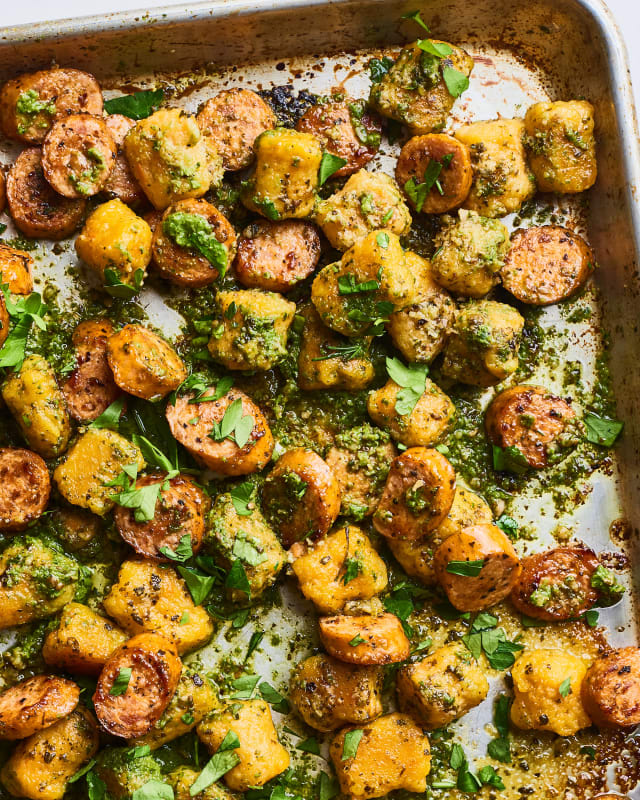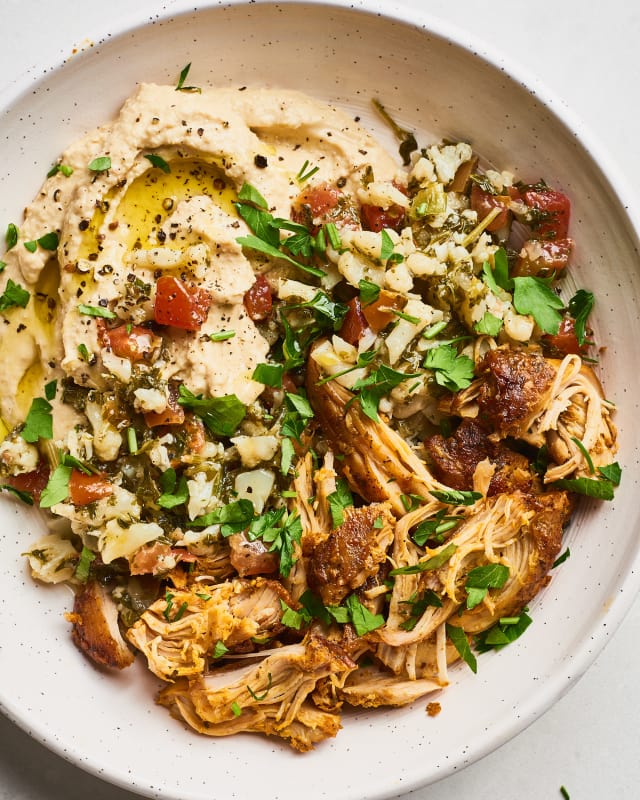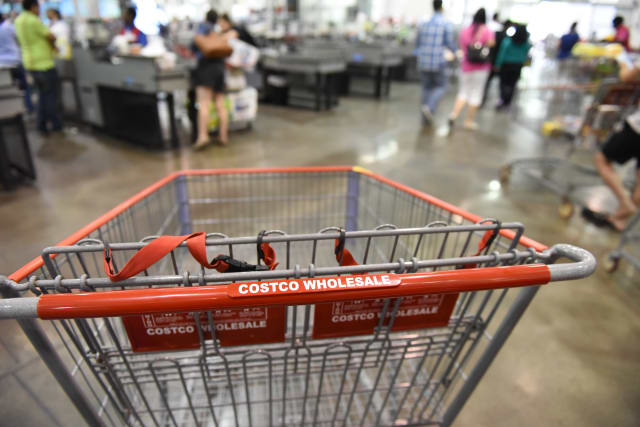This
post was originally published on
this sitehttp://www.marksdailyapple.com/
 For this week’s Dear Mark, I’m answering a question from a reader about a topic I thought I’d covered (so did they) already. A quick look through the archives (hey, I can’t remember absolutely everything I ever wrote) showed that I had not, so here we go. It’s all about whether fermented foods—sauerkrauts, kimchis, pickles, yogurts, and any other food that has been acted upon by probiotic bacteria—make eating meat healthier and more enjoyable. From the start, I suspected that they do, but I had to confirm it in the scientific literature.
For this week’s Dear Mark, I’m answering a question from a reader about a topic I thought I’d covered (so did they) already. A quick look through the archives (hey, I can’t remember absolutely everything I ever wrote) showed that I had not, so here we go. It’s all about whether fermented foods—sauerkrauts, kimchis, pickles, yogurts, and any other food that has been acted upon by probiotic bacteria—make eating meat healthier and more enjoyable. From the start, I suspected that they do, but I had to confirm it in the scientific literature.
Let’s find out:
Hi Mark,
I’m trying to find an article on why you should eat ferments with meat, (how it breaks down the fats) our mutual friend Hilary, AKA #thelunchlady ? and I are working on getting some of the high end butcher’s around LA to understand this, so they can help educate their customers. I was hoping to find info on your site, but now hoping you might write one for us
As for the effect you mention—fermented food breaking down the fat in meat—I’m unaware of any evidence. I am aware of a beneficial effect of fermented food on carbohydrate metabolism though. See, lactofermentation produces acetic acid as a byproduct. Acetic acid provides the “sour” flavor, the acidity of a batch of sauerkraut or pickles. It’s also what makes vinegar so sour, and there’s a long line of evidence showing that vinegar improves glucose tolerance and reduces the blood glucose load of high carb meals.
- A 2017 review of the evidence found that vinegar was significantly effective at reducing both postprandial blood sugar and insulin levels.
- It works in type 2 diabetics who eat vinegar with their high-carb meals, lowering the blood glucose response.
- Research shows that acetic acid, rather than some other component in the vinegar, is the active component responsible for the effect on blood sugar. Anything with acetic acid should work, like food ferments.
That’s carbohydrate, and it’s good info, but you didn’t ask about carbs. You asked about meat. So, is fermented food pointless when eating meat? Not at all.
There are many examples of traditional cultures and cuisines making it a point to serve fermented foods with meats:
Koreans, kimchi, BBQ.
Germans, sauerkraut, sausage.
Japanese, pickles/natto/miso, meat/fish.
Indians, yogurt/pickles/chutneys, meat curry/tandoori chicken.
Italians, cheese, salami (itself a fermented meat).
They may not have “known” about the biochemistry. They weren’t citing PubMed studies. But over the many hundreds of years, these pairings emerged as combinations that just worked and made people feel good and the food go down more easily.
What could be going on here?
One thing I’ve stressed over the years is the importance of consuming foods high in polyphenols, not only for their isolated health benefits but for their ameliorative effects on the potential carcinogenicity of meats—particularly high-heat cooked meats (barbecue, grilling, searing). If you eat foods high in polyphenols, like blueberries or leafy greens, with your meat, that meal becomes healthier. It reduces the formation of carcinogenic compounds and reduces the peroxidative damage done to the fat.
And if you take a food high in polyphenols and subject it to fermentation, those polyphenols change and actually become more effective.
Red wine is one such fermented food that is higher in polyphenols than its non-fermented counterpart. The fermentation process alters the polyphenols already present in the grapes, making them more bioavailable and more effective, and creating entirely new compounds in the process. One reason red wine pairs so well with steak on a subjective level is that it actually reduces the formation of toxic lipid oxidation byproducts in “simulated digestion” studies that attempt to recreate the stomach environment after a meal, inhibits the absorption of those toxic lipid byproducts, and, when added to meat marinades, reduces the formation of heat-related carcinogens when you cook the meat, even over open flame. The responsible compound for these effects in red wine isn’t the alcohol, it’s the polyphenols. Grape juice doesn’t have the same effect.
This applies to everything. Fermentation of almost any other food, from beans to cabbage to garlic, also changes and improves the antioxidative capacity of the polyphenols. And the more polyphenols a food has, and the more effective they are at reducing oxidation, the healthier they’ll make any meat we eat.
Fermented foods also contain probiotic bacteria, and there’s some limited evidence that certain bacterial strains can actually enhance metabolism of cooked meat carcinogens.
So, in a roundabout way, fermented foods actually are improving the way we digest the fats in meat. They aren’t quite “breaking them down,” but they are allowing us to metabolize them in a healthier way that produces fewer toxic byproducts and inhibits our absorption of the toxic byproducts that do slip by.
This actually gives me a good idea for a post: A series of elevator pitches that inspired readers can use to lobby restaurant owners, butchers, doctors, and anyone else about the otherwise complicated health and nutrition topics we’ve bandied about on this blog for a decade. Most folks’ brains will glaze over when you start talking “omega-3s” or “peroxidized lipids” or “oxidized LDL particles” or “high heat carcinogens,” but it’s still important information. I think I’ll start putting that together in the next few weeks, starting with today’s topic, and I could really use your help. What other topics have you wanted to broach but can’t figure out how to make relatable, simplistic, or elegant enough to drop in casual conversation with professionals (or friends) who could help make a difference?
Let’s get a list going and try to knock this out.
That’s it for today, folks. Take care and be well. Thanks for reading!
Want to make fat loss easier?
Try the Definitive Guide for Troubleshooting Weight Loss for free here.
References:
Shishehbor F, Mansoori A, Shirani F. Vinegar consumption can attenuate postprandial glucose and insulin responses; a systematic review and meta-analysis of clinical trials. Diabetes Res Clin Pract. 2017;127:1-9.
Liatis S, Grammatikou S, Poulia KA, et al. Vinegar reduces postprandial hyperglycaemia in patients with type II diabetes when added to a high, but not to a low, glycaemic index meal. Eur J Clin Nutr. 2010;64(7):727-32.
Mettler S, Schwarz I, Colombani PC. Additive postprandial blood glucose-attenuating and satiety-enhancing effect of cinnamon and acetic acid. Nutr Res. 2009;29(10):723-7.
Gorelik S, Ligumsky M, Kohen R, Kanner J. The stomach as a “bioreactor”: when red meat meets red wine. J Agric Food Chem. 2008;56(13):5002-7.
Gorelik S, Ligumsky M, Kohen R, Kanner J. A novel function of red wine polyphenols in humans: prevention of absorption of cytotoxic lipid peroxidation products. FASEB J. 2008;22(1):41-6.
Kanner J, Gorelik S, Roman S, Kohen R. Protection by polyphenols of postprandial human plasma and low-density lipoprotein modification: the stomach as a bioreactor. J Agric Food Chem. 2012;60(36):8790-6.
Harbaum B, Hubbermann EM, Zhu Z, Schwarz K. Impact of fermentation on phenolic compounds in leaves of pak choi (Brassica campestris L. ssp. chinensis var. communis) and Chinese leaf mustard (Brassica juncea coss). J Agric Food Chem. 2008;56(1):148-57.
Kimura S, Tung YC, Pan MH, Su NW, Lai YJ, Cheng KC. Black garlic: A critical review of its production, bioactivity, and application. J Food Drug Anal. 2017;25(1):62-70.
Nowak A, Libudzisz Z. Ability of probiotic Lactobacillus casei DN 114001 to bind or/and metabolise heterocyclic aromatic amines in vitro. Eur J Nutr. 2009;48(7):419-27.
The post Dear Mark: How Do Fermented Food and Meat Interact? appeared first on Mark’s Daily Apple.








 For this week’s
For this week’s 


 For now classes are 6pm and 640pm at 2840 Wildwood st in the Boise Cloggers studio.
Book your class NOW!
click this ==>
For now classes are 6pm and 640pm at 2840 Wildwood st in the Boise Cloggers studio.
Book your class NOW!
click this ==>








